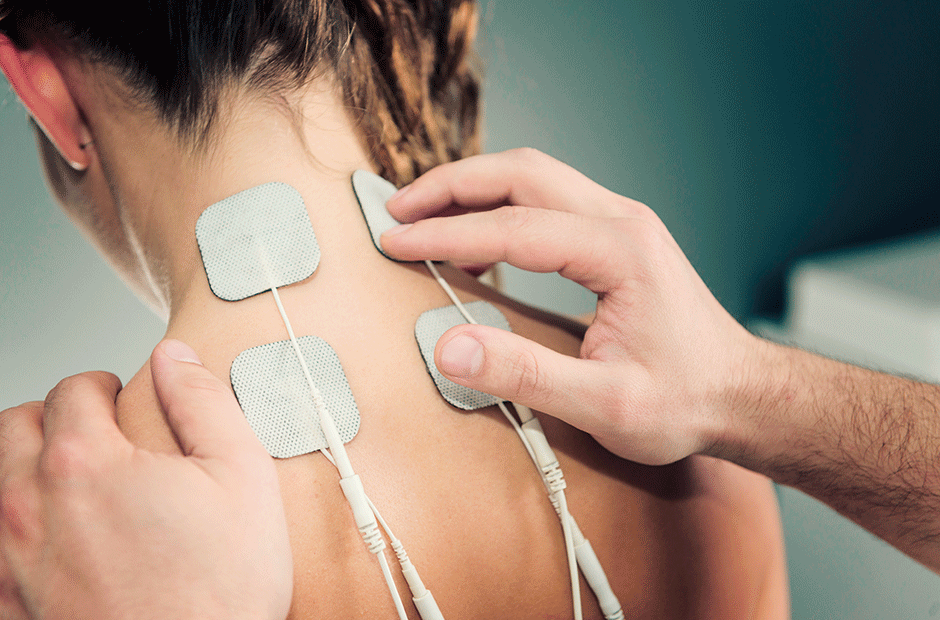
No pain, no gain. It’s a statement we’ve all heard shouted by PE teachers or personal trainers as we struggle into a final set of press-ups. If there’s one thing more terrifying than the exertion you’ll need to put in on the pitch or bench press, it’s the feeling 24 hours after — whether it’s the soreness that kicks in in the pectoral muscles, a throbbing hamstring or a tender shoulder. While it’s probably not possible to completely eliminate the pains that come with getting back into shape, there are ways you can deal with it at home without resorting to painkillers and other drugs.
Muscle pain
Delayed onset muscle soreness (DOMS) is the ache felt in a person’s muscles 24-48 hours after they’ve completed a vigorous gym session. On the UK National Health Service (NHS) website, Dr Jonathan Folland, an expert in neuromuscular physiology from Loughborough University, writes that DOMS can occur when you start a new exercise programme, change your exercise routine or increase the duration or intensity of your regular workout. “When muscles are required to work harder than they’re used to or in a different way, it is believed to cause microscopic damage to the muscle fibres, resulting in muscle soreness or stiffness. DOMS is often mistakenly believed to be caused by lactic acid build-up, however, lactic acid is not involved in this process.”
One way to defeat DOMS is through transcutaneous electrical nerve stimulation (TENS). This is a device that’s roughly the size of a pocket radio that is connected by thin wires to electrodes, which users can stick to their achy biceps with pads. The device fires pulses of electrical impulses across your nerve fibres that interfere with the pain signals being sent from muscle to brain.
For about Dh375, Omron’s E4 device comes with electrodes that can be attached to most muscles in the body. A single 15-minute session before bed can mean a better night’s sleep, according to the manufacturer’s website.
Strained joints
Those who play impact sports such as football and racket games like squash run the risk of turning their ankle or locking a knee while diving for a ball. Strikers in football may suffer toe pains after taking shots at goal through a match. Meanwhile, goalkeepers and basketball players face a similar risk: wrist sprains from an incoming object moving at speed.
Cold and hot compress therapy can help in such instances. You may notice swelling around a wrist or ankle following an impact. Applying a cold pack — be it gel or ice — can reduce inflammation and numb pain in an affected area by constricting the flow of blood to it. After the swelling has been reduced, applying heat to the hurt can speed up the healing process, says rheumatologist Dr Linda Mileti on Cleveland Clinic’s website.
Luckily, strain-sufferers have a wealth of options at their disposal. These vary from a simple bag of peas pulled out of the freezer to more practical solutions such as an ActiveWrap hot/cold reusable system, which is available for knees, ankles, elbows, wrists and shoulders. It retails from Dh120-Dh200 online.
Bad back
Squats are an incredibly popular and effective workout for the legs and core. However, it’s also one that’s often done wrong, with the lower back being a common casualty due to people’s tendency to lean forward while carrying a heavier load. Sitting at a desk for 30 hours a week can accentuate the damage done in the long term.
While eating healthily, regularly stretching and not staying put at the desk for more than 30 minutes at a time can improve one’s posture over time, a device such as Beurer’s TENS belt delivers treatment for the aches resulting from older bad gym habits. It can be worn discreetly around the waist while at the office.












